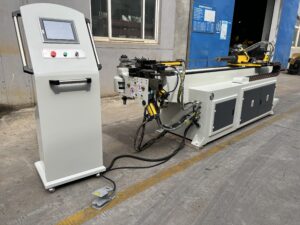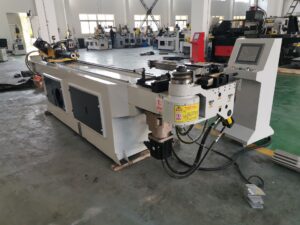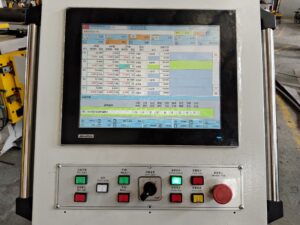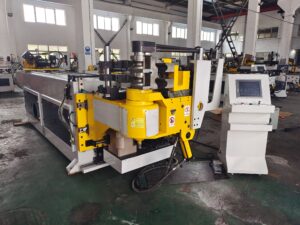How Do You Choose the Right Tubing Benders?
Selecting the right tubing benders is crucial for achieving precise, high-quality bends in various applications, from automotive exhaust systems to hydraulic tubing and HVAC installations. With multiple types of benders available—manual, hydraulic, electric, and CNC—making the right choice depends on factors like material type, bend complexity, production volume, and budget.

1. Understanding Different Types of Tubing Benders
Manual Tubing Benders
Ideal for small-scale projects, manual benders are cost-effective and portable. They require physical effort but are excellent for occasional use.
- Best for: DIY projects, light fabrication, and repair work.
- Limitations: Not suitable for high-volume bending or hard materials.
Hydraulic Tubing Benders
These benders use hydraulic pressure to create precise bends with minimal effort. They are more efficient than manual benders and can handle thicker materials.
- Best for: Medium to heavy-duty applications, such as automotive and industrial tubing.
- Limitations: Higher initial cost and requires hydraulic fluid maintenance.
Electric Tubing Benders
Electric models offer automation, reducing operator fatigue. They are faster than manual benders and provide consistent results.
- Best for: Production environments where speed and repeatability matter.
- Limitations: More expensive than manual or hydraulic options.
CNC Tubing Benders
Computer-controlled benders deliver the highest precision and repeatability, making them ideal for complex, high-volume production.
- Best for: Aerospace, medical tubing, and high-precision manufacturing.
- Limitations: High cost and requires skilled operation.
2. Key Factors to Consider When Choosing Tubing Benders
Material Compatibility
Different tubing materials (steel, aluminum, copper, stainless steel) require specific bending techniques. Ensure the bender can handle your material’s hardness and wall thickness.
Bend Radius and Angle Requirements
- Tight-radius bends need specialized dies.
- Standard bends (90°, 45°) are easier to achieve with most benders.
Production Volume
- Low volume: Manual or hydraulic benders.
- High volume: Electric or CNC benders for efficiency.
Budget Constraints
- Entry-level: Manual benders (–0).
- Mid-range: Hydraulic or electric (,000–,000).
- High-end: CNC benders (,000+).
Ease of Use & Portability
- Workshop use: Heavy-duty hydraulic or CNC.
- Field work: Lightweight manual or portable hydraulic benders.
3. Common Mistakes to Avoid When Selecting Tubing Benders
Ignoring Material Specifications
Using the wrong bender for hard materials (e.g., stainless steel) can lead to kinking or cracking.
Overlooking Die Compatibility
Ensure the bender has the correct die sets for your tubing diameter and bend radius.
Sacrificing Precision for Cost
Cheaper benders may save money upfront but result in poor-quality bends, leading to rework and wasted material.
4. Case Study: Improving Efficiency with the Right Tubing Bender
Company: A mid-sized automotive exhaust manufacturer. Challenge: Manual bending caused inconsistencies and slow production. Solution: Upgraded to a hydraulic tubing bender with interchangeable dies. Results:
- 40% faster production.
- Reduced material waste by 25%.
- Improved bend accuracy, leading to fewer rejected parts.
5. Making the Best Choice for Your Needs
Choosing the right tubing benders depends on your specific requirements—material type, bend complexity, production volume, and budget. Whether you opt for a manual, hydraulic, electric, or CNC bender, ensuring compatibility with your project will save time, reduce waste, and improve efficiency.
For occasional use, a manual bender may suffice, while high-volume manufacturers should invest in CNC precision. Evaluate your needs carefully, and you’ll find the perfect tubing bender for your application.
For more information, please click here



